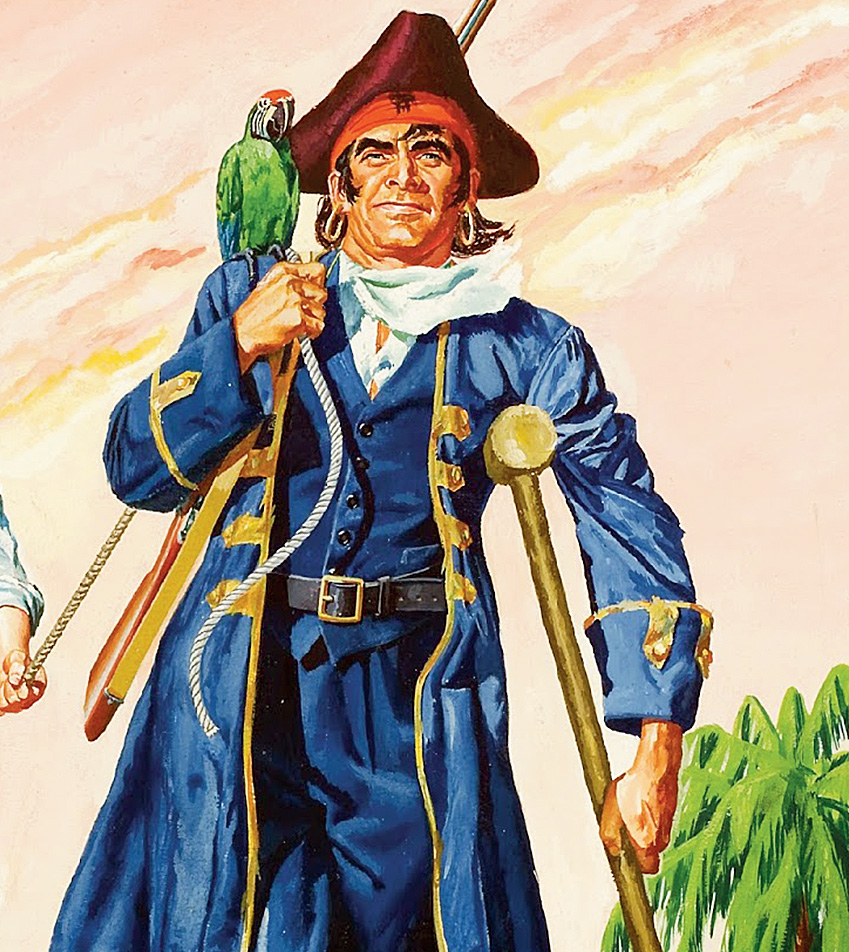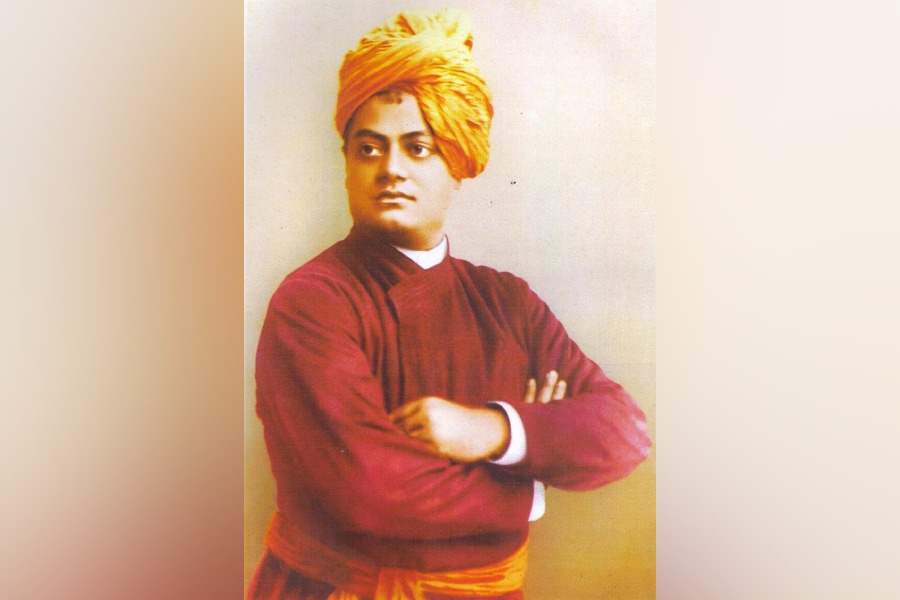Children need their storybook villains. They might provide moral lessons, but that is less important than the sheer fun, shivers and adventure they dish out. They invite engagement too, often doing things youngsters secretly long to do. No child who has read The Treasure Island will forget the pirate, Long John Silver, with his wooden leg and the parrot on his shoulder crying “Pieces of eight”, his mesmerizing tales and, ultimately, his unfolding wickedness.
Although Robert Louis Stevenson imagined his pirate in the shape of his friend, the writer and editor, William Henley, the story grew out of his love of travel, especially by sea. This was a strange inheritance from his father and grandfather, who were lighthouse engineers. Engineering held no charm for Stevenson. But he enjoyed travelling with his father to inspect lighthouses, not only because that gave him material for writing, but also because a similar trip of Walter Scott with his grandfather, Robert, had given birth to Scott’s 1822 novel, The Pirate. Literary inheritances are strange too. Captain Hook, the villain in James Barrie’s Peter Pan, with an iron hook for his arm to match Long John Silver’s peg leg, appears in 1904, reputed to be the only man of whom Barbecue is afraid. Barbecue is Silver’s nickname in Treasure Island.
Stevenson’s 1883 novel was a great success during his life, which ended when he was only 44, on December 3, 1894 on the island of Samoa. The brilliance of his storytelling and his deep insight into the complications of human nature, the colourful range of his imagination were all overlooked for years till he was appreciated afresh later in the 20th century. If Long John Silver is not a black-and-white character it is because Stevenson was fascinated by the mysteries of human morality. The Strange Case of Doctor Jekyll and Mr Hyde, in 1886, may have drawn partly from a contemporary case of murder and a case of dissociative personality disorder, but it embodied, chiefly, his abiding interest in the intricacies of human impulse. He rewrote the first draft as an ‘allegory’ on his wife’s advice, but that allegory continues to haunt our understanding of human nature even today.
Is Jekyll-and-Hyde a hero or a villain? The noble Jekyll is an experimental scientist, a descendant of Frankenstein. Yet Hyde ultimately takes over his personality. Is the evil we call up stronger than our good? Jekyll-and-Hyde is unique, as were the other villains that 19th-century literature produced, from Uriah Heep to Professor Moriarty. From which of these are Voldemort, say, or Cruella de Vil descended?











